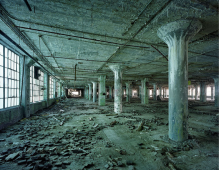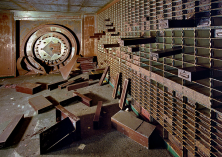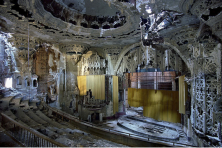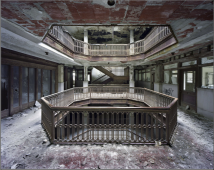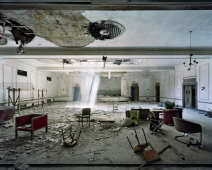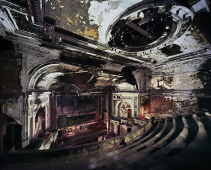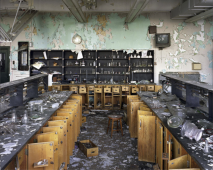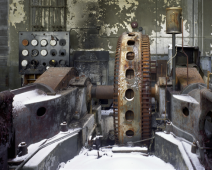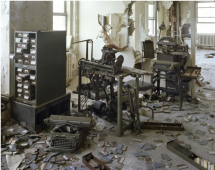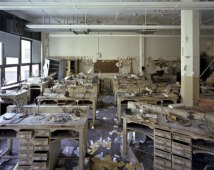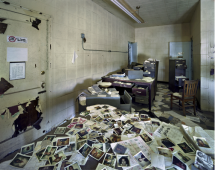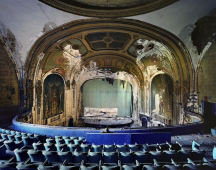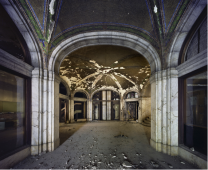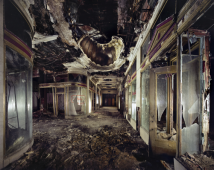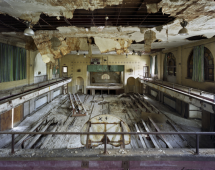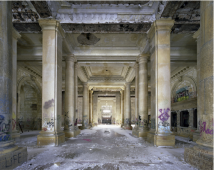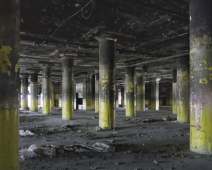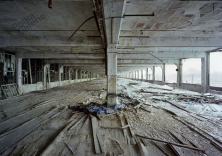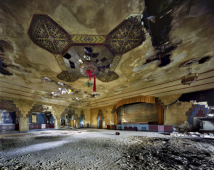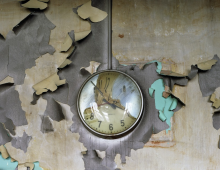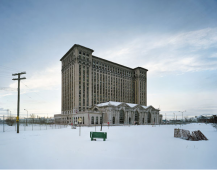Yves Marchand & Romain Meffre
Yves Marchand & Romain Meffre
At the end of the XIXth Century, mankind was about to fulfill an old dream. The idea of a fast and autonomous means of displacement was slowly becoming a reality for engineers all over the world. Thanks to its ideal location on the Great Lakes Basin, the city of Detroit was about to generate its own industrial revolution. Visionary engineers and entrepreneurs flocked to its borders.
In 1913, up-and-coming car manufacturer Henry Ford perfected the first large-scale assembly line. Within a few years, Detroit was about to become the world capital of automobiles and the home of modern mass-production. For the first time in history, affluence was within the reach of the mass of people. Monumental skyscapers and fancy neighborhoods put the city’s wealth on display. Detroit became the dazzling beacon of the American Dream. Thousands of migrants came to find a job. By the 50's, its population rose to almost 2 million people. Detroit became the 4th largest city in the United States.Read more
The automobile moved people faster and further. Roads, freeways, and parking lots forever reshaped the landscape. At the beginning of the 50's, plants were relocated in Detroit's periphery. The white middle-class began to leave the inner city and settled in new mass-produced suburban towns. Highways frayed the urban fabric. Deindustrialization and segregation increased. In 1967, social tensions exploded into one of the most violent urban riots in American history. The population exodus accelerated and whole neighbourhoods began to vanish. Outdated downtown buildings emptied. Within fifty years Detroit lost more than half of its population.
Detroit, industrial capital of the XXth Century, played a fundamental role in shaping the modern world. The logic that created the city also destroyed it. Nowadays, unlike anywhere else, the city’s ruins are not isolated details in the urban environment. They have become a natural component of the landscape. Detroit presents all archetypal buildings of an American city in a state of mummification. Its splendid decaying monuments are, no less than the Pyramids of Egypt, the Coliseum of Rome, or the Acropolis in Athens, remnants of the passing of a great Empire.
This work is thus the result of a five-year collaboration started in 2005.






